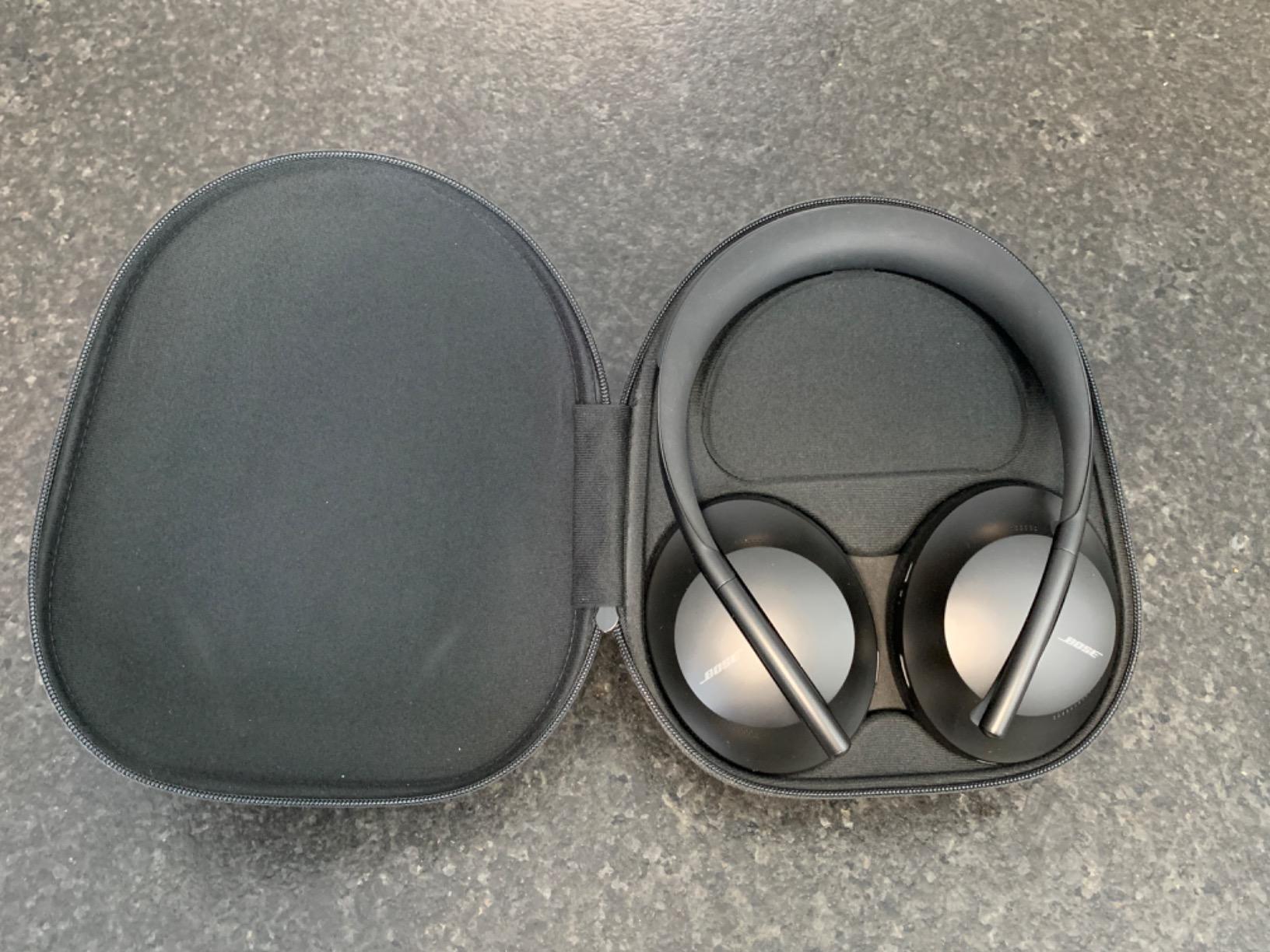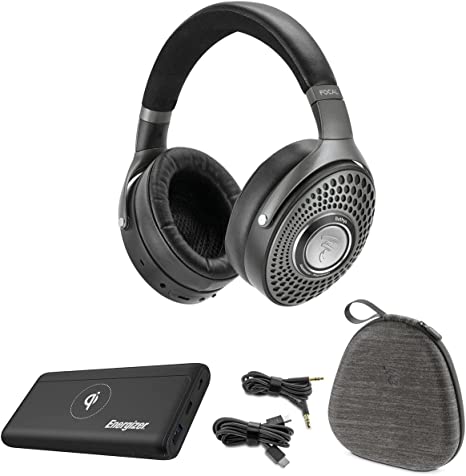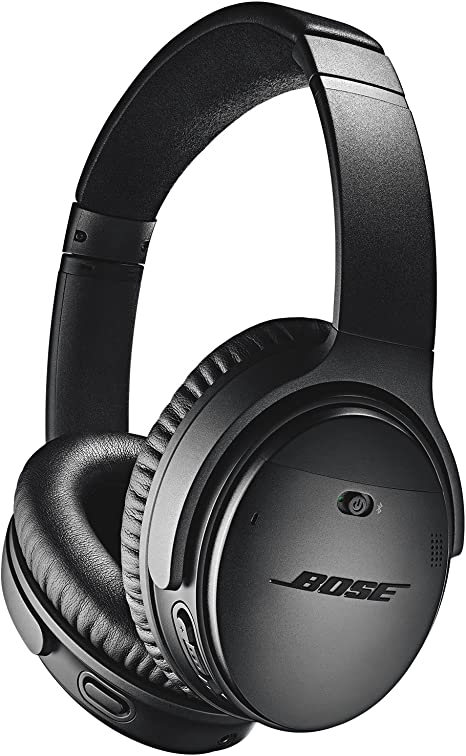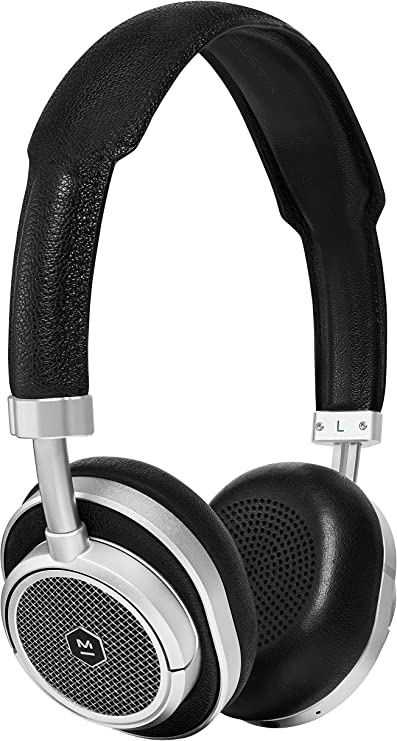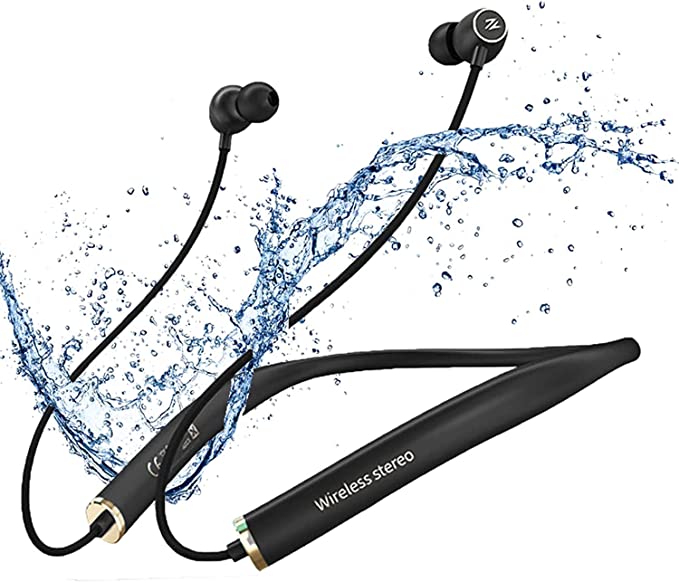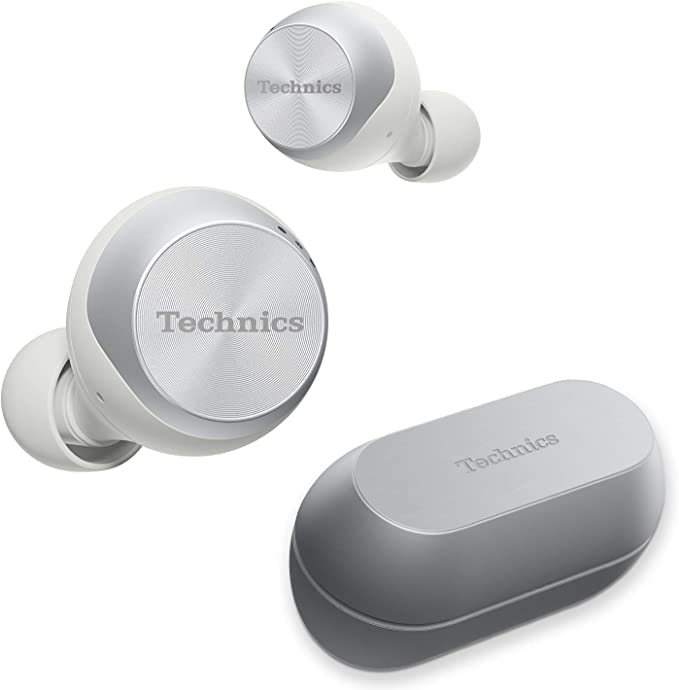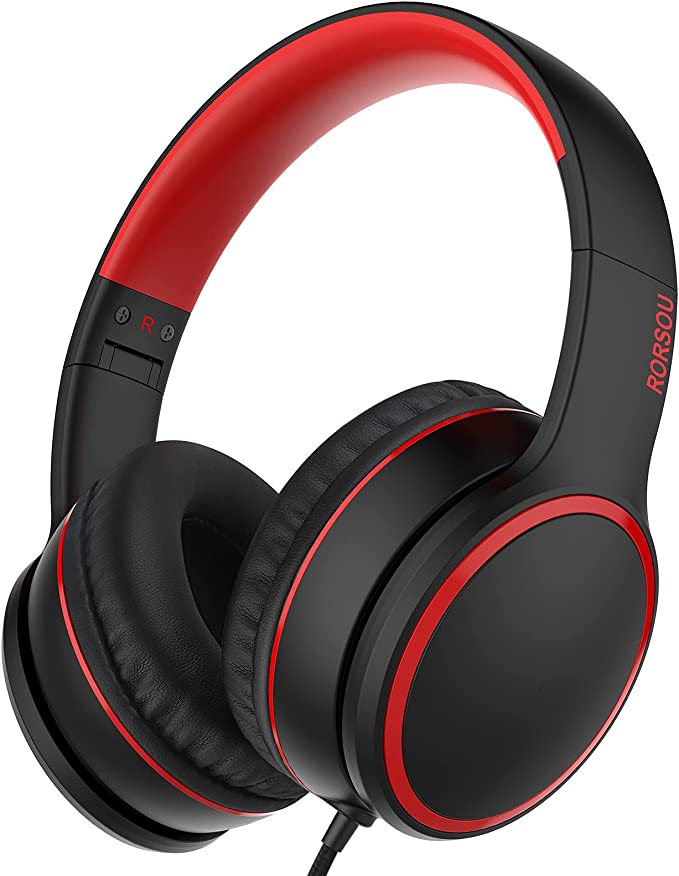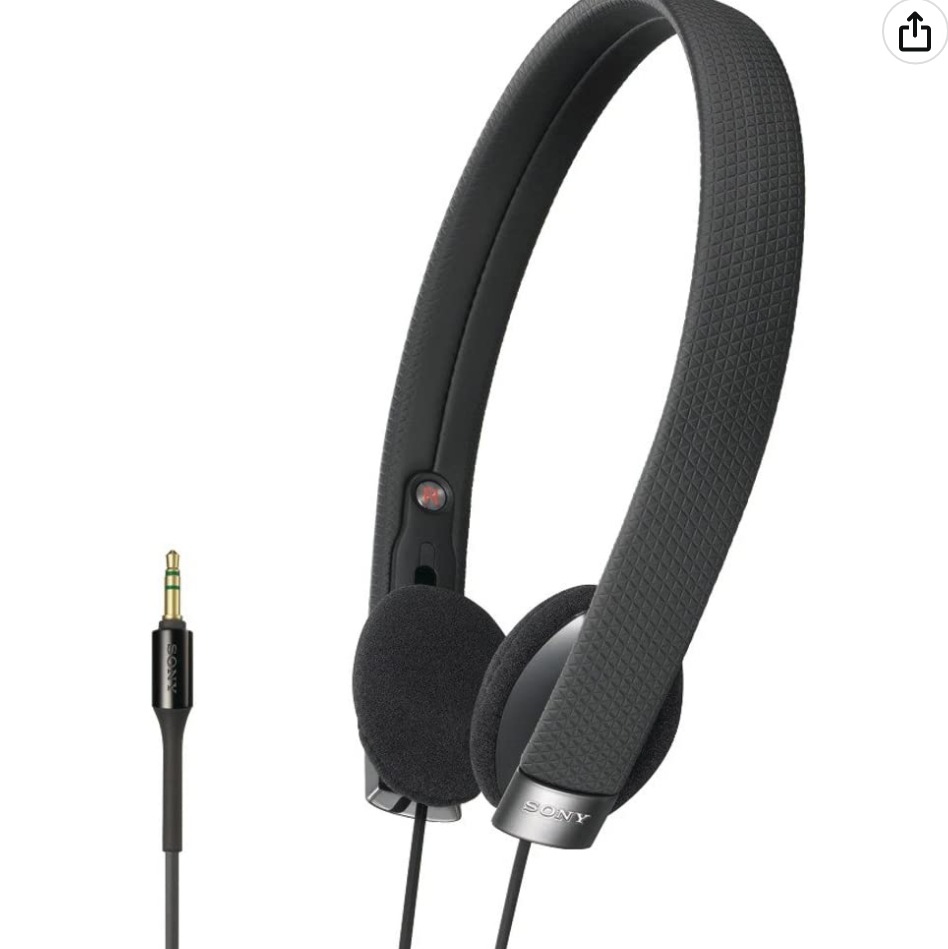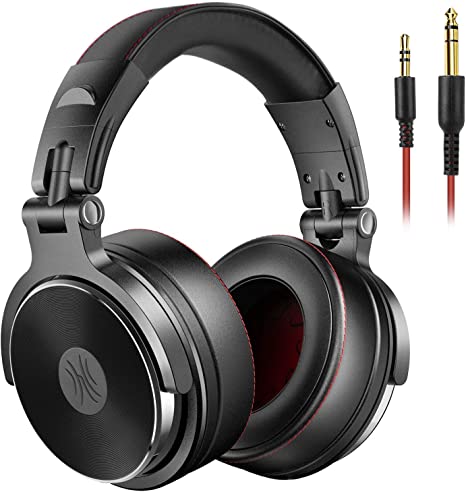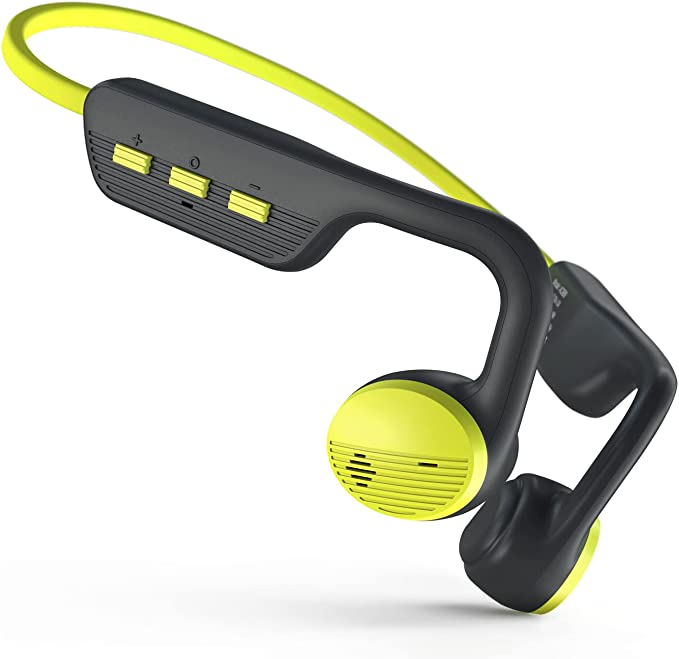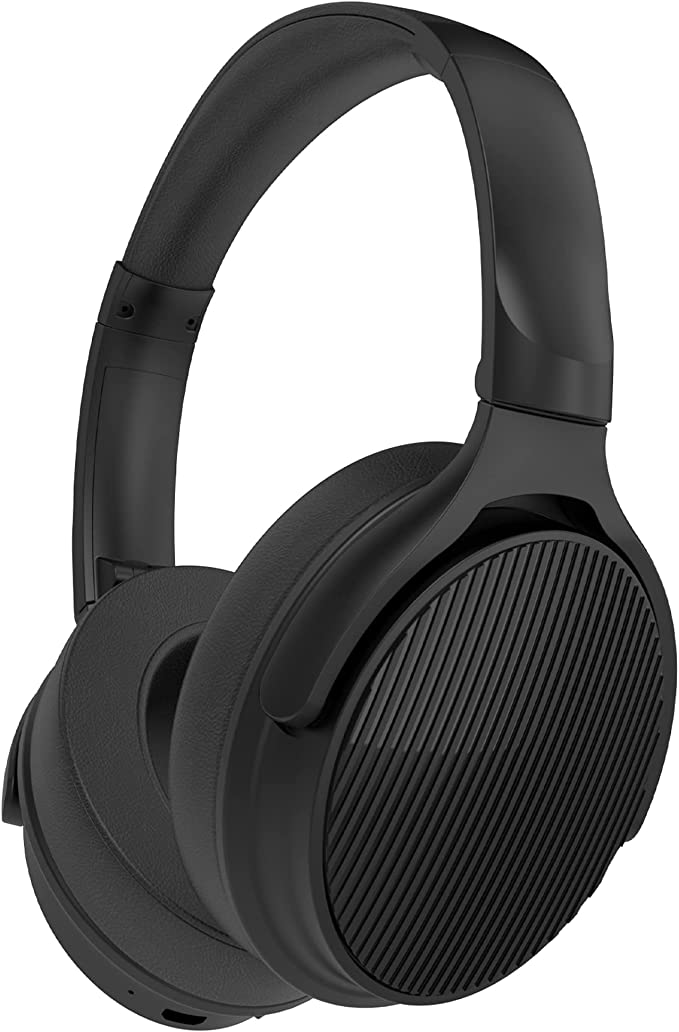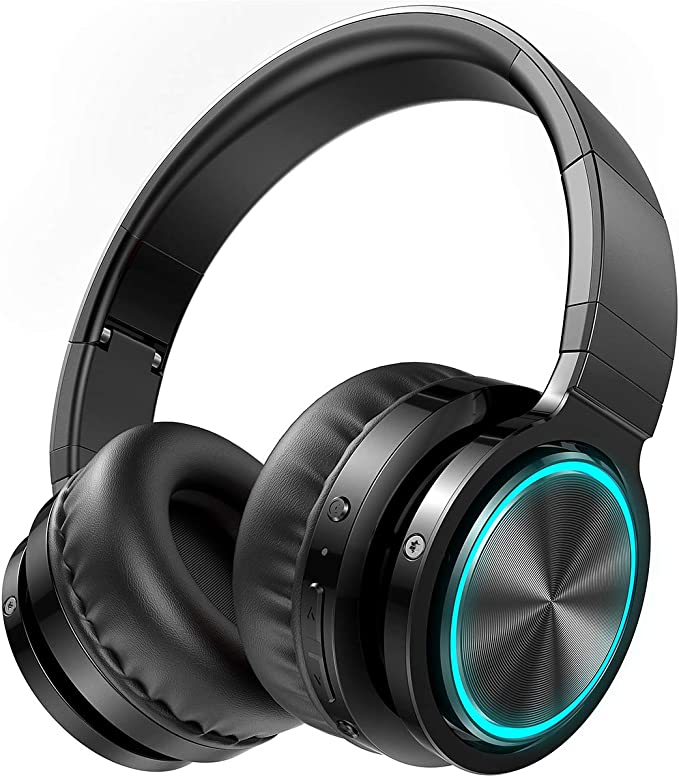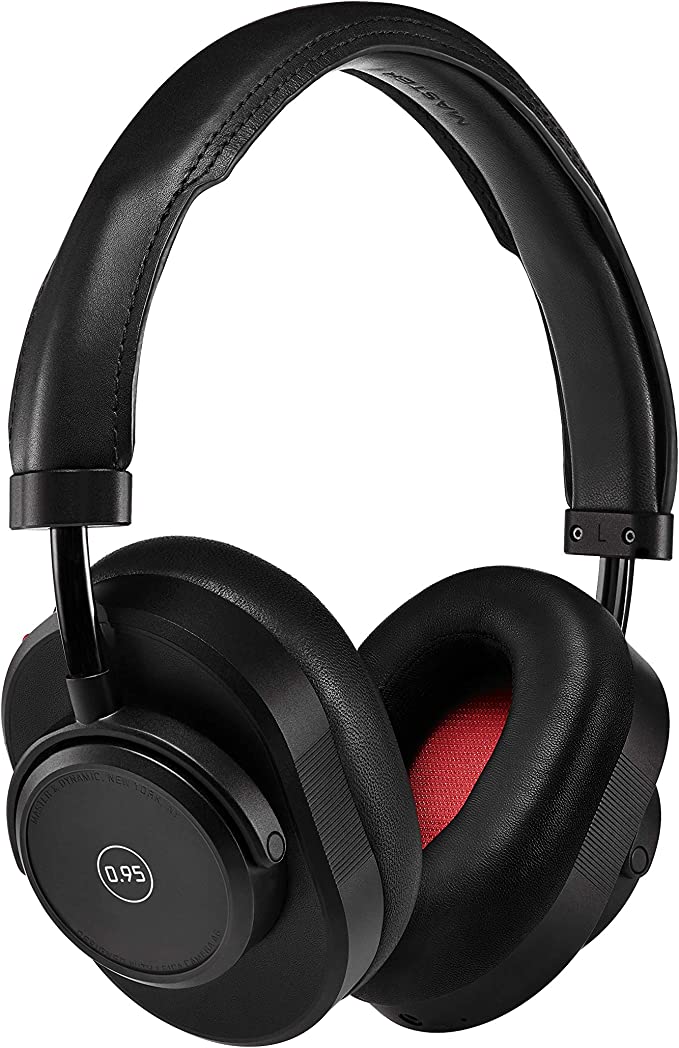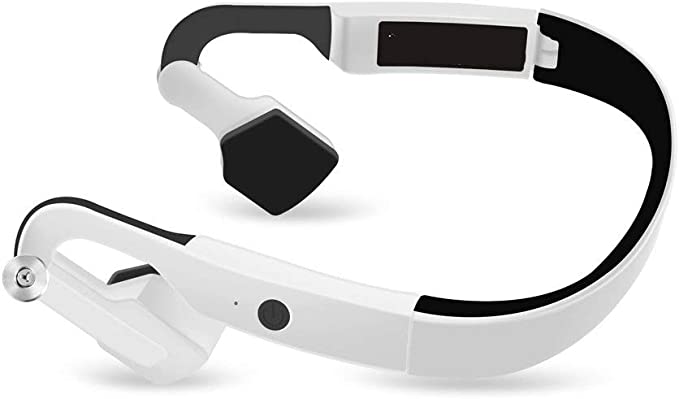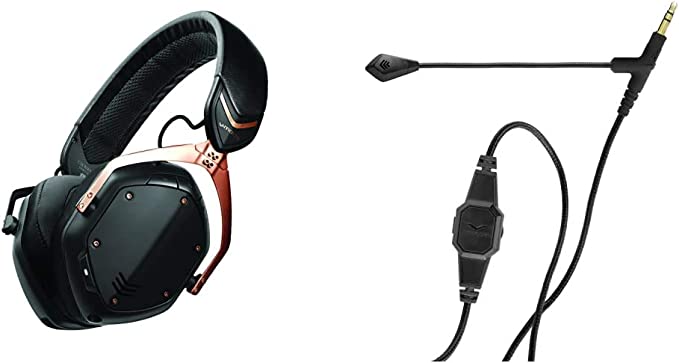Sennheiser ACCENTUM Wireless: A Deep Dive into Noise Cancellation and Audio Quality
Update on Feb. 17, 2025, 3:01 p.m.
The modern world is a noisy place. From the rumble of traffic to the incessant chatter of open-plan offices, we’re constantly bombarded with sounds that can distract us, stress us, and even damage our hearing. As an audiologist, I see the effects of this noise pollution every day. People struggle to concentrate, find it hard to relax, and sometimes even develop hearing problems from prolonged exposure to loud environments. That’s why I’m always interested in technologies that can help us regain control over our auditory environment. And that’s where headphones like the Sennheiser ACCENTUM Wireless come in.

Sound: The Invisible Wave
Before we can understand how noise cancellation works, we need to understand sound itself. Sound is, at its core, a vibration. When an object vibrates – say, a guitar string or a loudspeaker diaphragm – it creates pressure waves in the surrounding air. These waves travel outwards, like ripples in a pond, and when they reach our ears, we perceive them as sound.
The frequency of these waves – the number of vibrations per second, measured in Hertz (Hz) – determines the pitch of the sound. A high-frequency wave sounds like a high-pitched whistle, while a low-frequency wave sounds like a low rumble. The amplitude of the wave – the size of the vibration – determines the loudness of the sound. A larger amplitude means a louder sound.

The Quest for Quiet: A History of Noise Cancellation
The idea of actively canceling noise isn’t new. The first patent for a noise-canceling system was filed in the 1930s by Paul Lueg, a German physicist. His concept was surprisingly similar to modern ANC technology: using a microphone to pick up unwanted noise and a loudspeaker to generate an “anti-noise” signal that would cancel it out.
However, the technology to implement this idea effectively didn’t exist at the time. It wasn’t until the 1980s, with the advent of digital signal processing (DSP), that practical noise-canceling headphones became a reality. Early ANC systems were primarily used in aviation, to protect pilots from the deafening roar of aircraft engines.
Active Noise Cancellation: Fighting Fire with Fire
Active Noise Cancellation (ANC) works on a principle called phase cancellation. Imagine two identical waves, perfectly in sync. If you add these waves together, they reinforce each other, creating a larger wave. But if you shift one wave by half a wavelength – so that its peaks align with the troughs of the other wave – they cancel each other out. This is, in essence, what ANC does.
There are three main types of ANC:
- Feedforward ANC: This type uses microphones placed on the outside of the earcups to pick up external noise. The headphones then generate an anti-noise signal that is 180 degrees out of phase with the incoming noise, effectively canceling it out. Feedforward ANC is generally good at reducing constant, predictable noises, like the drone of an airplane engine.
- Feedback ANC: This type uses microphones placed inside the earcups, close to the ear. These microphones monitor the sound that actually reaches the ear, allowing the ANC system to adjust its anti-noise signal in real-time. Feedback ANC is generally better at dealing with more complex and unpredictable noises.
- Hybrid ANC: As the name suggests, this type combines both feedforward and feedback ANC. By using both external and internal microphones, hybrid ANC systems can offer the best of both worlds: effective cancellation of both predictable and unpredictable noises.
Inside the Sennheiser ACCENTUM: A Symphony of Technology
The Sennheiser ACCENTUM Wireless headphones utilize a sophisticated hybrid ANC system, combining the strengths of both feedforward and feedback approaches. This is a key factor in their ability to create a quiet listening environment, even in challenging situations. But the ACCENTUM is about more than just silence; it’s about delivering a high-quality audio experience. Let’s take a closer look at its core components:

The 37mm Dynamic Driver: Balancing Power and Precision
The heart of any headphone is its driver – the component that converts electrical signals into sound waves. The ACCENTUM uses 37mm dynamic drivers. Dynamic drivers are the most common type of headphone driver, known for their ability to deliver powerful bass and a wide frequency response. The 37mm size is a carefully chosen balance. Larger drivers can often produce deeper bass, but they also make the headphones bulkier and less portable. Smaller drivers are more portable, but they may struggle to reproduce low frequencies accurately. The 37mm drivers in the ACCENTUM strike a sweet spot, delivering rich, full sound without sacrificing comfort or portability.
Hybrid ANC: The Best of Both Worlds
As mentioned earlier, the ACCENTUM employs hybrid ANC, leveraging both external and internal microphones. The external microphones capture the ambient noise before it reaches your ears, allowing the system to generate an initial anti-noise signal. The internal microphones then monitor the sound inside the earcup, fine-tuning the anti-noise signal to account for any variations caused by the fit of the headphones or the shape of your ear. This dual-microphone approach results in more effective and adaptable noise cancellation.

50 Hours of Untethered Listening: The Power of Efficiency
One of the most striking features of the ACCENTUM is its exceptional battery life. A single charge provides up to 50 hours of listening time with ANC enabled. This is significantly longer than many competing wireless headphones. This impressive longevity is due to a combination of factors: a high-capacity lithium-ion battery, energy-efficient components, and optimized power management. And when you do finally need to recharge, the fast-charging feature gives you 5 hours of playtime with just a 10-minute charge.
Crystal-Clear Calls: Beamforming Technology
The ACCENTUM isn’t just for listening to music; it’s also designed for making calls. It features two built-in microphones that utilize beamforming technology. Beamforming is a signal processing technique that focuses the microphones on your voice while suppressing background noise. This ensures that your voice comes through clearly, even in noisy environments.
Comfort and Design: Made for Long Listening Sessions
Comfort is crucial for any pair of headphones, especially those designed for extended use. The ACCENTUM features a lightweight design (just 7.68 ounces) and generously padded earcups. The over-ear design provides good passive noise isolation, further enhancing the effectiveness of the ANC. The headband is also adjustable and padded, ensuring a secure and comfortable fit for a wide range of head sizes.
Connecting to a world of sound: Bluetooth.
The ACCENTUM connects to your smartphone, tablet, or computer using Bluetooth. This provides a wireless connection for convenience, freeing you from tangled cables. It is not mentioned in the information provided, however further investigation is required to see which version of Bluetooth and which codecs are supported.
Take Control: The Sennheiser Smart App.
To enhance the user experience, the ACCENTUM is compatible with the Sennheiser Smart Control app. This app provides additional features and customization options. Users can customize the sound of their headphones by creating personalized sound profiles. They can also use the app to fine-tune the level of active noise cancellation.
The Future of Sound: What’s Next?
The world of audio technology is constantly evolving. We can expect to see continued improvements in ANC, with even more sophisticated algorithms and adaptive capabilities. Battery life will likely continue to increase, and wireless connectivity will become even more reliable and efficient.
Personalized audio is another exciting trend. Headphones may soon be able to automatically adjust their sound signature to match individual hearing profiles, compensating for any hearing loss or sensitivity.

Conclusion: Finding the quiet within
The Sennheiser ACCENTUM Wireless headphones offer a compelling combination of advanced noise cancellation, high-quality audio, exceptional battery life, and all-day comfort. They represent a significant step forward in the quest for a more peaceful and immersive listening experience. While not the absolute top-of-the-line in terms of ANC performance, they offer an outstanding value proposition, bringing near-flagship features to a more accessible price point. For anyone seeking refuge from the cacophony of modern life, the ACCENTUM is a worthy companion.


